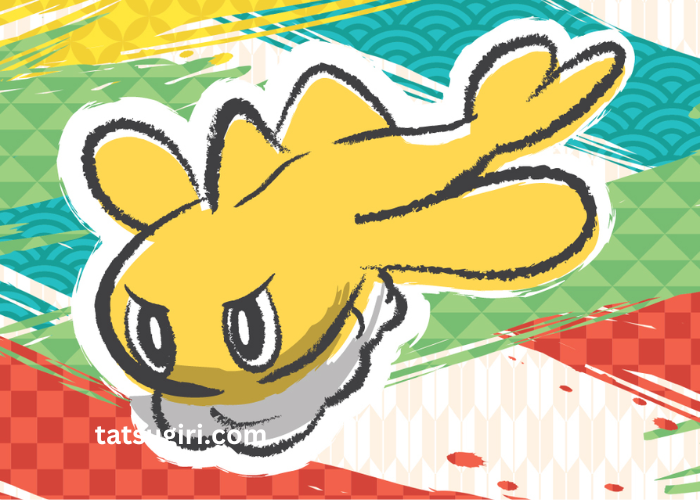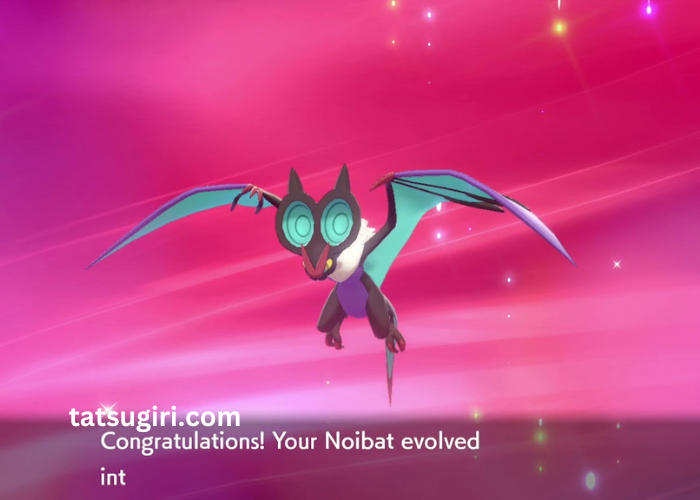Stretchy Form Tatsugiri represents a unique and innovative technique in Japanese art, blending traditional craftsmanship with contemporary creativity. This article delves into the origins, evolution, techniques, and cultural significance of Stretchy Form Tatsugiri, offering a comprehensive exploration of its impact on the art world and beyond.
Introduction to Stretchy Form Tatsugiri
Stretchy Form Tatsugiri is a distinctive artistic technique that originated in Japan, characterized by its ability to manipulate and shape materials in unconventional ways. Unlike traditional forms of Tatsugiri (nicknaming), which are rooted in personal and cultural identities, Stretchy Form Tatsugiri focuses on the physical manipulation of materials to create dynamic and fluid sculptures.
Origins and Evolution
The origins of Stretchy Form Tatsugiri can be traced back to the late 20th century, when Japanese artists began experimenting with new forms of expression and artistic techniques. Influenced by advancements in materials science and a desire to push the boundaries of traditional craftsmanship, artists explored innovative ways to stretch, twist, and shape materials such as fabric, metal, and plastic.
Techniques and Methods
Material Manipulation
At the heart of Stretchy Form Tatsugiri is the technique of material manipulation, which involves stretching, folding, twisting, or compressing materials to create sculptural forms. Artists employ a range of tools and methods to achieve desired shapes and textures, often blending manual techniques with technological innovations.
Integration of Technology
Incorporating technology into Stretchy Form Tatsugiri has expanded artistic possibilities, allowing artists to experiment with digital modeling, 3D printing, and interactive installations. These advancements enable artists to create sculptures that respond to light, sound, or movement, enhancing viewer engagement and sensory experiences.
Conceptual Frameworks
Stretchy Form Tatsugiri artists often explore conceptual frameworks such as fluidity, transformation, and the relationship between form and space. By challenging conventional notions of static sculpture, artists provoke thought and dialogue about the nature of materiality and artistic expression in contemporary society.
Cultural Significance
Stretchy Form Tatsugiri represents a departure from traditional Japanese art forms like origami or ikebana, which emphasize precision, restraint, and symbolism. Instead, it embraces spontaneity, experimentation, and the dynamic interaction between artist and material. This shift reflects broader cultural shifts towards innovation, individualism, and global interconnectedness in contemporary Japan.
Contemporary Artists and Innovators
Yayoi Kusama
Renowned for her avant-garde sculptures and installations, Yayoi Kusama has integrated Stretchy Form Tatsugiri techniques into her iconic artworks. Her use of polka dots and vibrant colors evokes a sense of movement and fluidity, inviting viewers to experience art in new and unexpected ways.
Takashi Murakami
Takashi Murakami’s Superflat art movement incorporates Stretchy Form Tatsugiri techniques to challenge perceptions of depth and dimensionality. His colorful sculptures blur the line between traditional and contemporary art, blending anime-inspired characters with abstract forms that stretch and morph in imaginative ways.
Global Influence and Adaptations
Stretchy Form Tatsugiri has transcended cultural boundaries, inspiring artists and designers worldwide to explore unconventional materials and techniques in their creative practices. From interactive sculptures in public spaces to wearable art and digital installations, the influence of Stretchy Form Tatsugiri continues to evolve and resonate in the global art scene.
Conclusion
Stretchy Form Tatsugiri exemplifies the spirit of innovation and experimentation in Japanese art, offering a refreshing perspective on the intersection of tradition and modernity. By embracing the tactile qualities of materials and pushing the boundaries of sculptural form, artists challenge viewers to reconsider their perceptions of art and its role in contemporary society.
Exploring the dynamic evolution of Stretchy Form Tatsugiri provides insights into the transformative power of artistic expression and the enduring impact of cultural innovation. As artists continue to push the limits of material manipulation and conceptual exploration, Stretchy Form Tatsugiri remains at the forefront of contemporary art movements, inspiring curiosity, creativity, and dialogue across diverse cultural landscapes.



